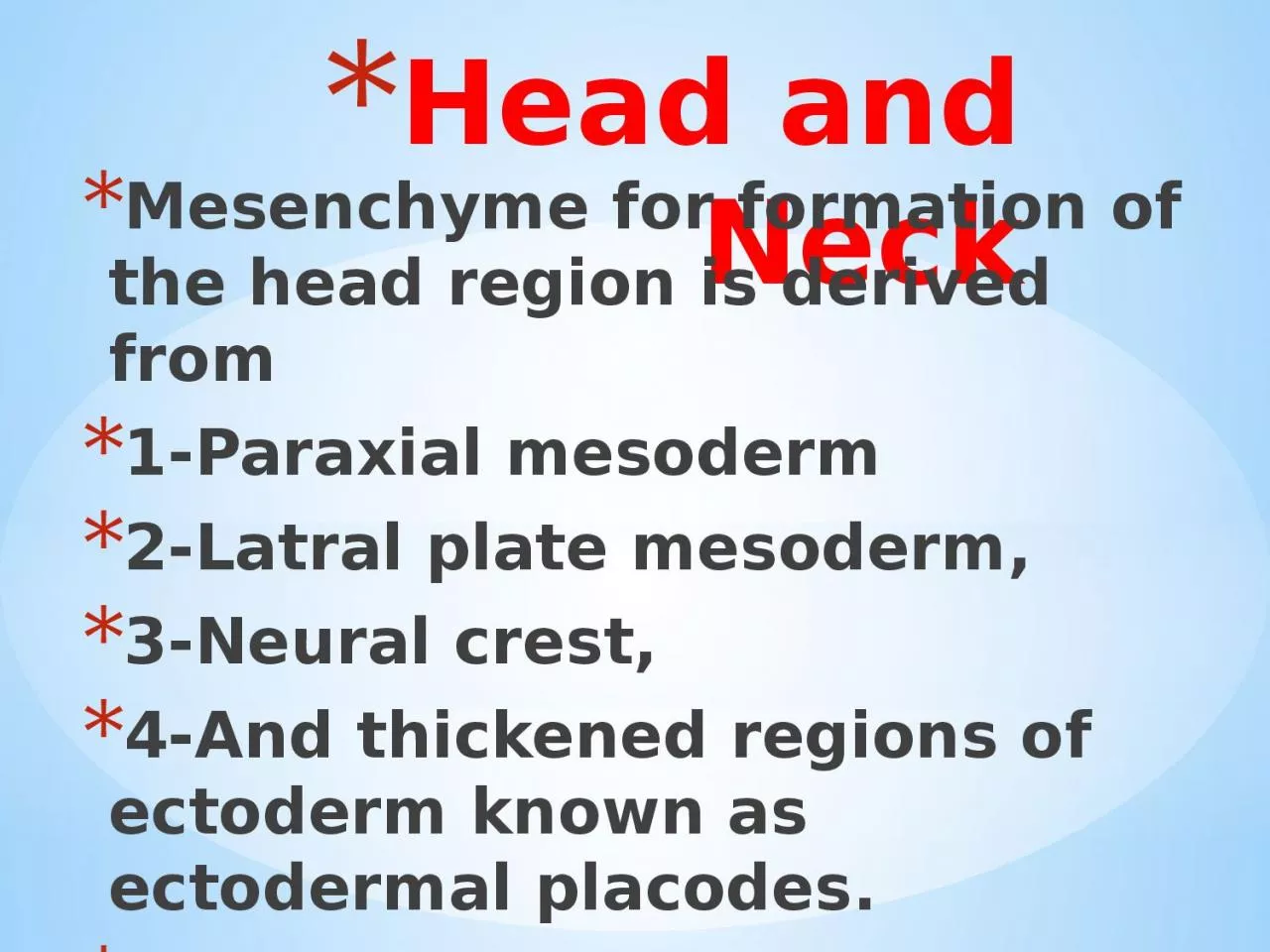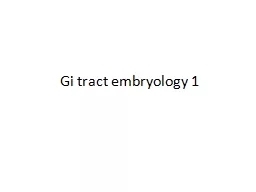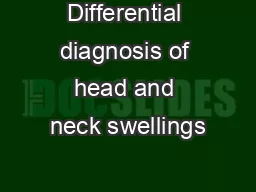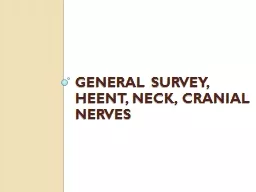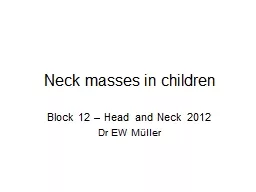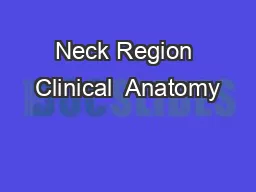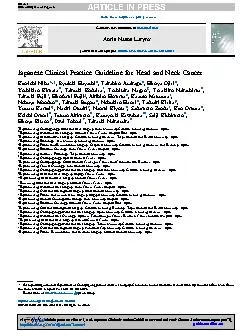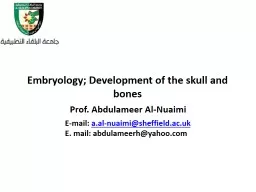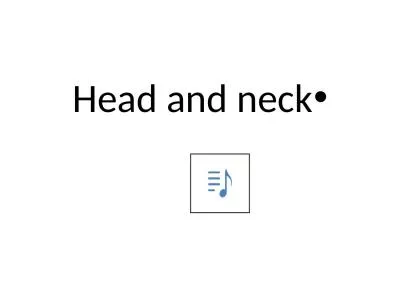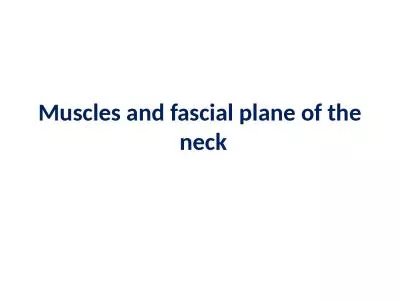PPT-Head and Neck Mesenchyme for formation of the head region is derived from
Author : PrettyLittlething | Published Date : 2022-07-28
1Paraxial mesoderm 2Latral plate mesoderm 3Neural crest 4And thickened regions of ectoderm known as ectodermal placodes Paraxial mesoderm 1 S omites and Somitomeres
Presentation Embed Code
Download Presentation
Download Presentation The PPT/PDF document "Head and Neck Mesenchyme for formation o..." is the property of its rightful owner. Permission is granted to download and print the materials on this website for personal, non-commercial use only, and to display it on your personal computer provided you do not modify the materials and that you retain all copyright notices contained in the materials. By downloading content from our website, you accept the terms of this agreement.
Head and Neck Mesenchyme for formation of the head region is derived from: Transcript
Download Rules Of Document
"Head and Neck Mesenchyme for formation of the head region is derived from"The content belongs to its owner. You may download and print it for personal use, without modification, and keep all copyright notices. By downloading, you agree to these terms.
Related Documents

